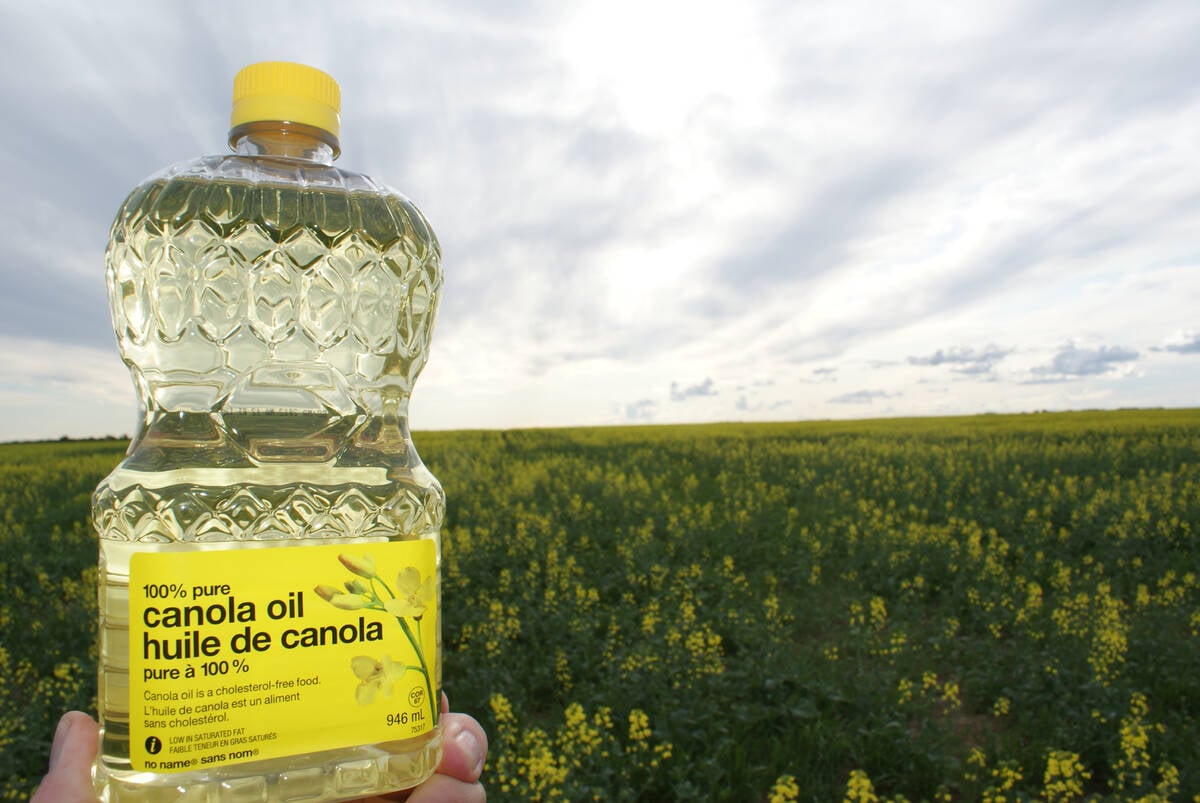Canada’s voluntary standard for labelling genetically modified food is gathering dust, two years after it was officially adopted.
Greenpeace Canada has challenged food manufacturers to show it a product with a label informing customers that it contains GM ingredients, but nobody has taken the group up on the challenge and a visual inspection of store shelves has failed to turn up proof that the standard is being used.
“We couldn’t find any single label which said that the product had GMOs in them,” said Greenpeace GM campaigner Eric Darier.
Read Also

Rising vegetable oil demand may offset bad biofuel news
Global biodiesel/renewable diesel production is expected to decline for the first time in a decade. Bad timing for a canola industry looking for new markets.
He said the results of the group’s informal survey confirm what many consumer groups feared about voluntary labelling laws.
“Companies are not going to willingly label their products if they don’t have to do so.”
Greenpeace said Loblaws, the largest food retailer in Canada, refuses to label GM products in its 1,100 stores and has forced companies to remove labels that claim the products are GM-free.
Jeanne Cruikshank, spokesperson for the Canadian Council of Grocery Distributors, which sponsored the national standard, confirmed few manufacturers are voluntarily labelling their products.
A March 2005 ACNielsen Canada study conducted for Agriculture Canada found 36 GM-related labels, all of which claimed the products were free of GMOs.
Cruikshank said the lack of products that are labelled as containing GMOs jibes with her own experience.
She has had almost no inquiries from companies seeking advice on how to meet the voluntary standard, chalking it up to waning interest in the labelling issue.
“What drives most of these things is consumer interest and right now, other than sporadic (attention), it doesn’t seem to be a prime topic.”
Cruikshank said that is probably because consumers have found ways to differentiate between GM and non-GM products without companies overtly telling them which is which.
“I think there is a better understanding that if you want to avoid or have an aversion to genetically engineered (foods) then you can buy organic,” she said.
Darier said that isn’t good enough.
Greenpeace is pushing for mandatory GM labelling rules and is focusing most of its energy on convincing the Quebec government to follow the recommendations of a 2004 food safety report drafted by the province’s bipartisan agriculture committee, which called on the government to adopt mandatory labelling rules similar to what is employed in Europe.
“We feel we have a better chance to get mandatory labelling in one province and then after that to get it elsewhere in other provinces or at the federal level,” Darier said.
Greenpeace is also looking forward to the June meeting of provincial and federal agriculture ministers, where Quebec’s minister is supposed to report back to his counterparts about a proposal to move to a mandatory labelling system, although Darier is not optimistic about how that report will be received.
“I don’t think there is any political will to actually put it in place.”
Cruikshank said the voluntary labelling standard will “go the way of the dodo bird” if there is no review of the standard within the first five years of its existence.















